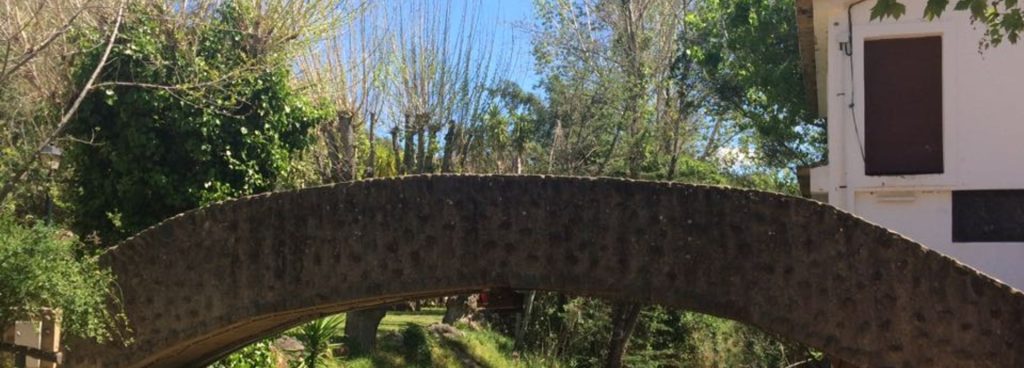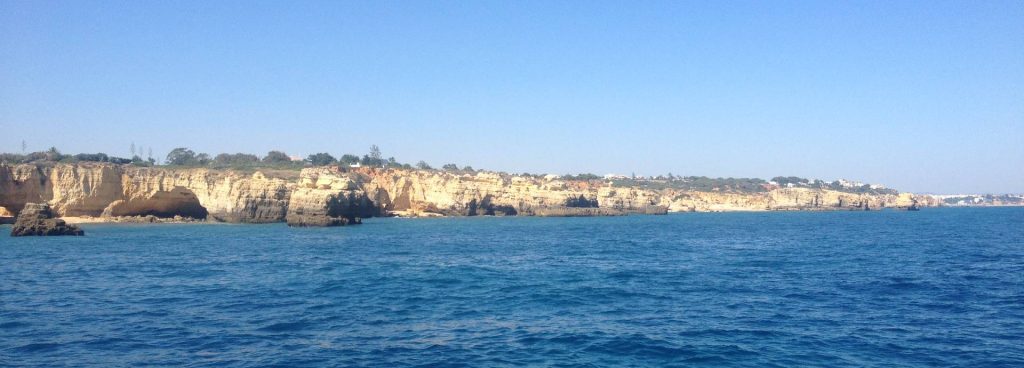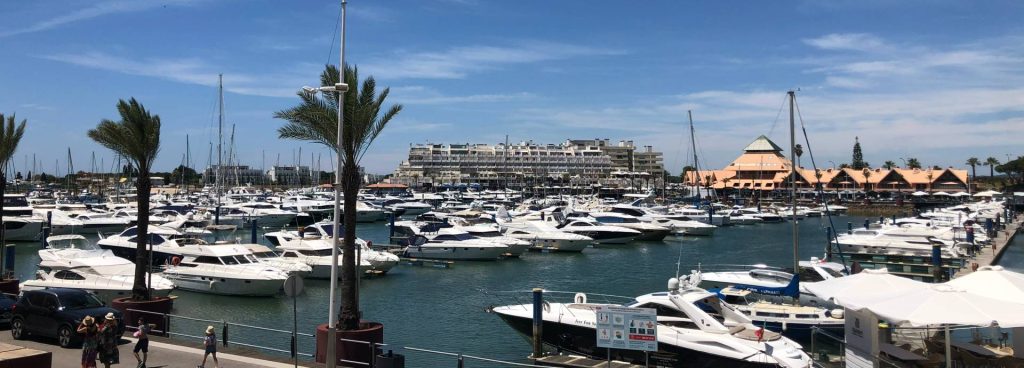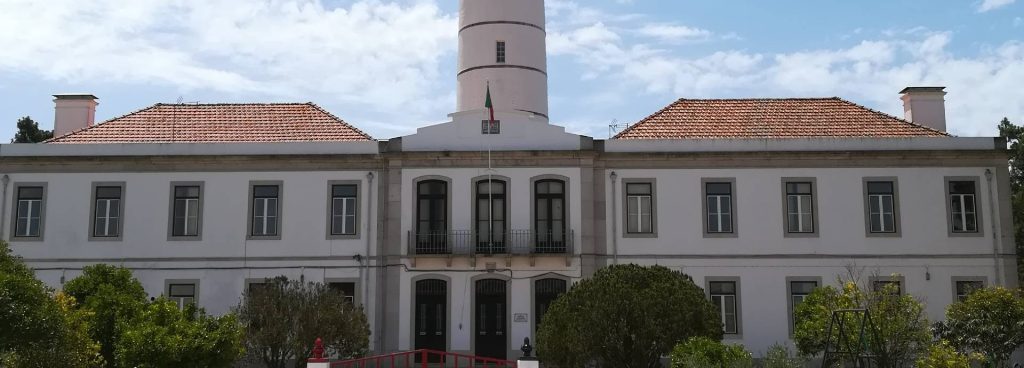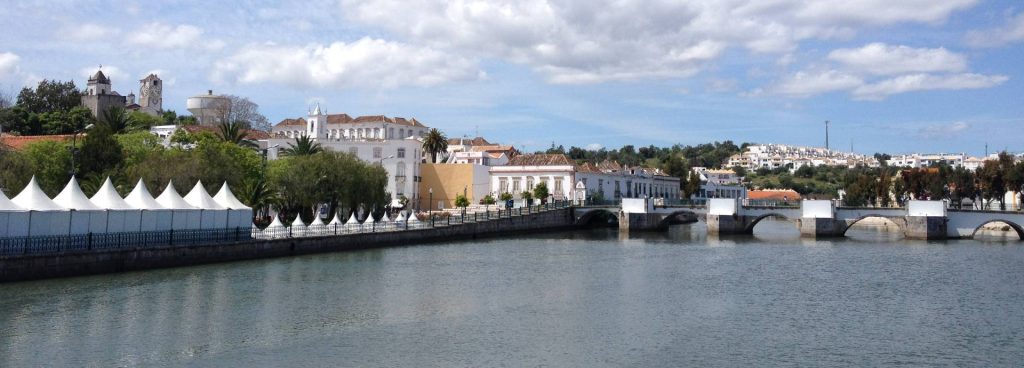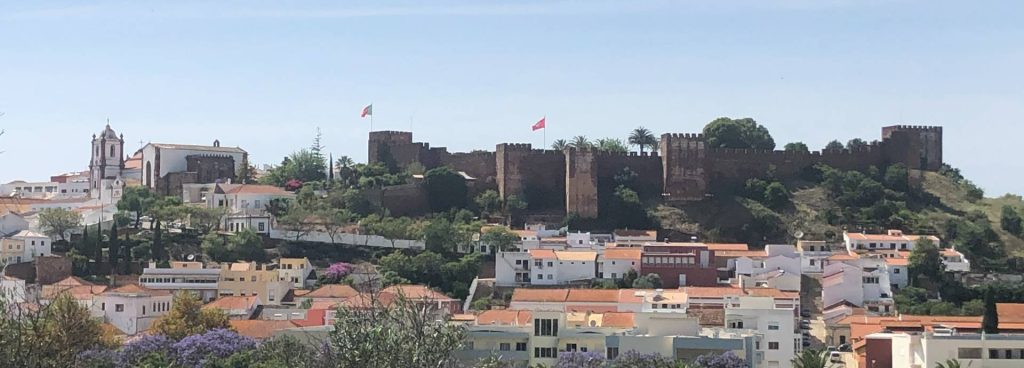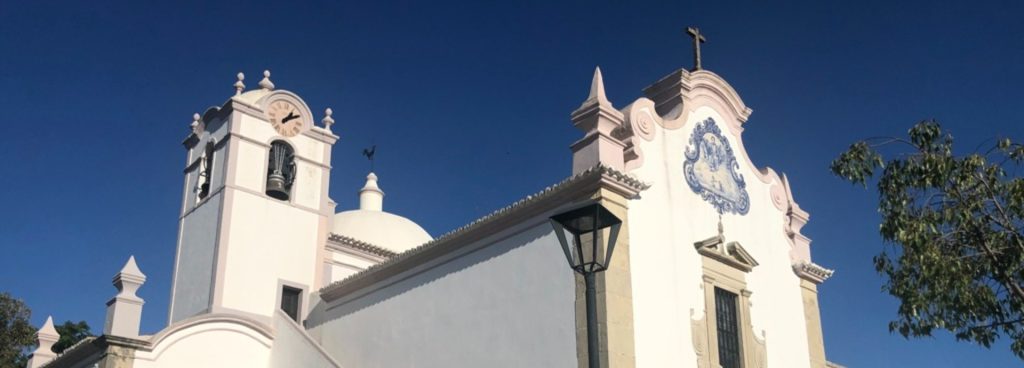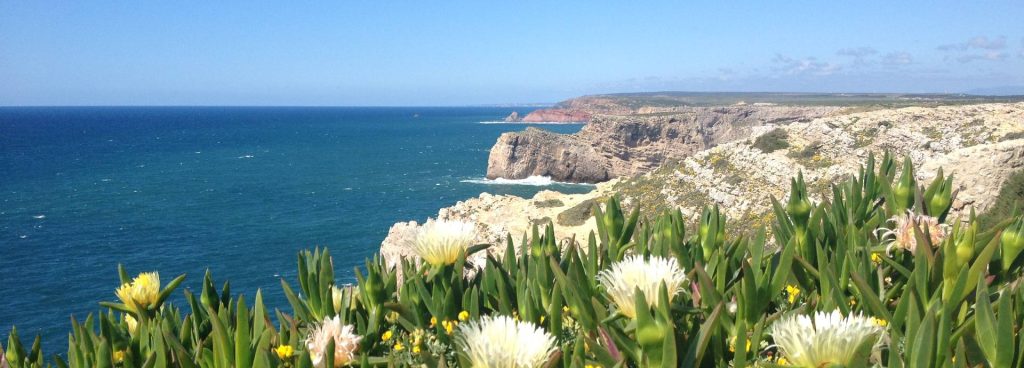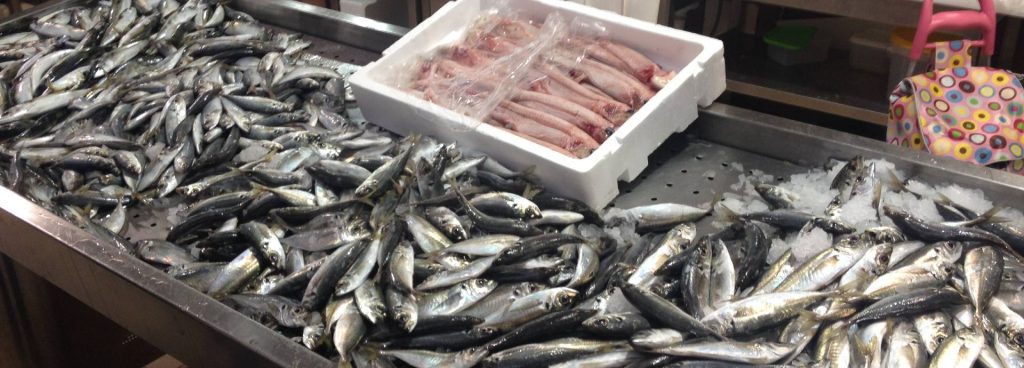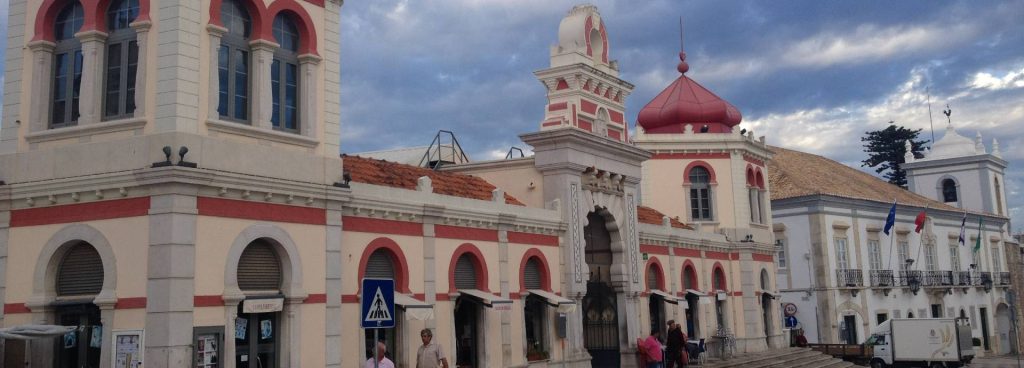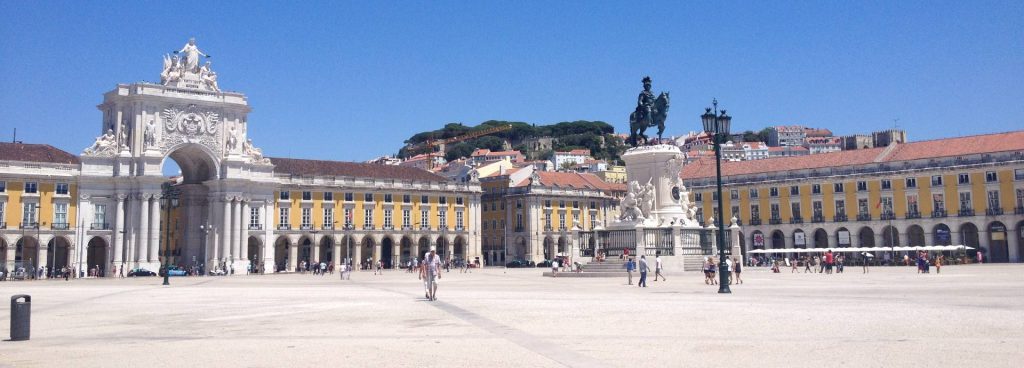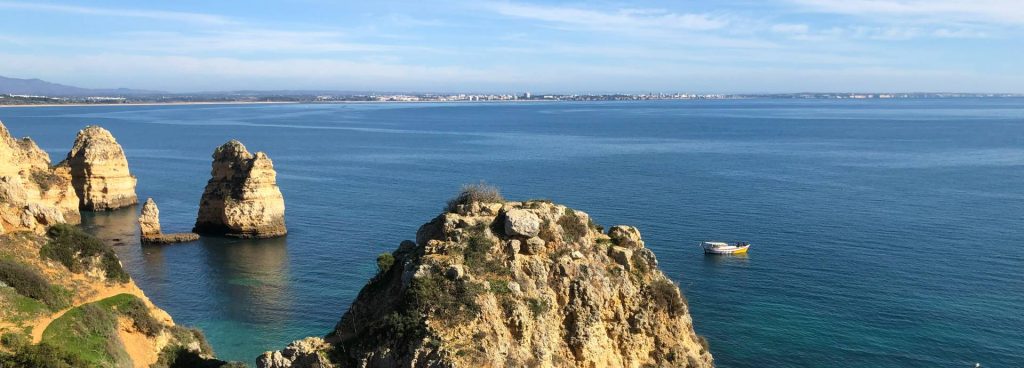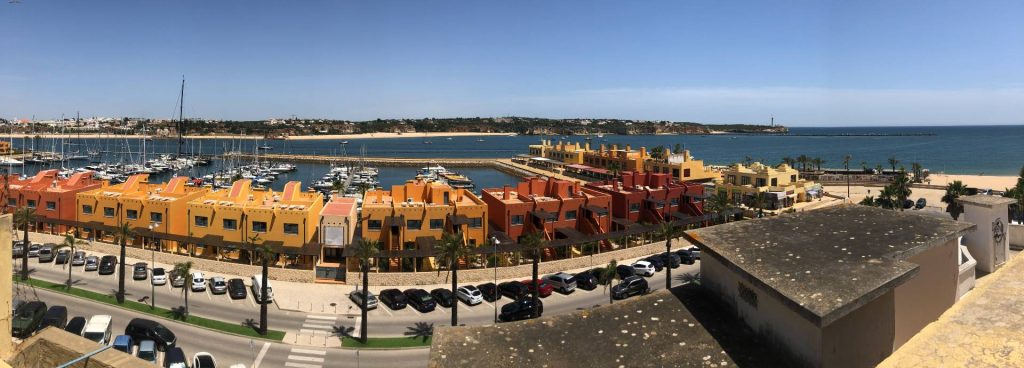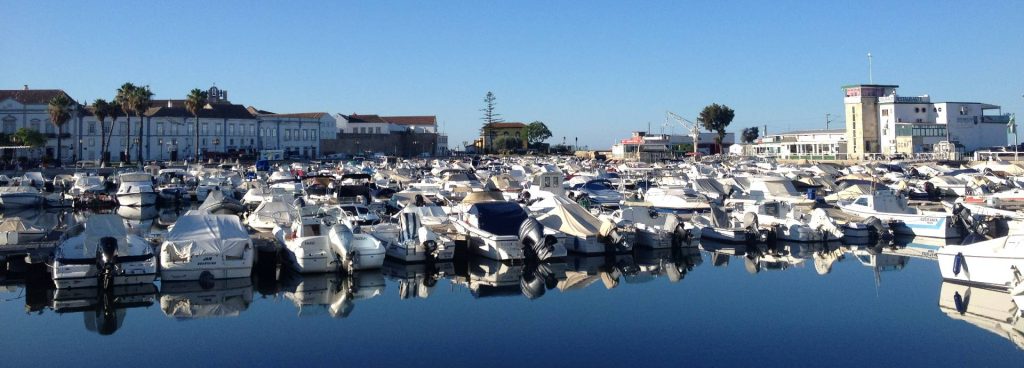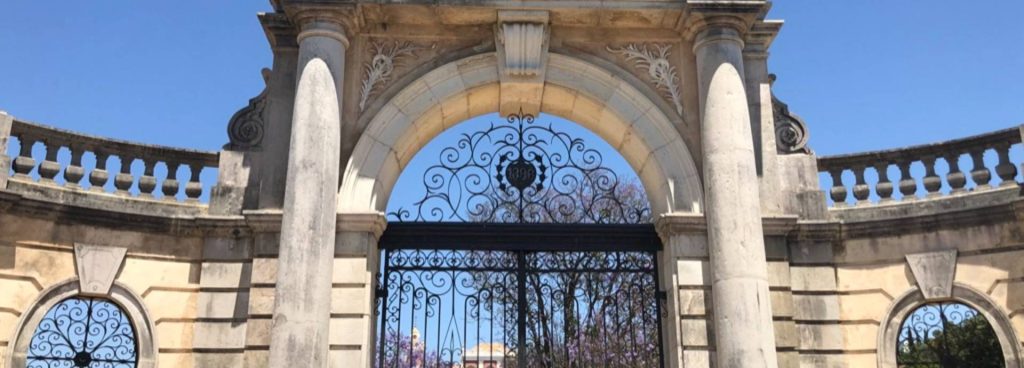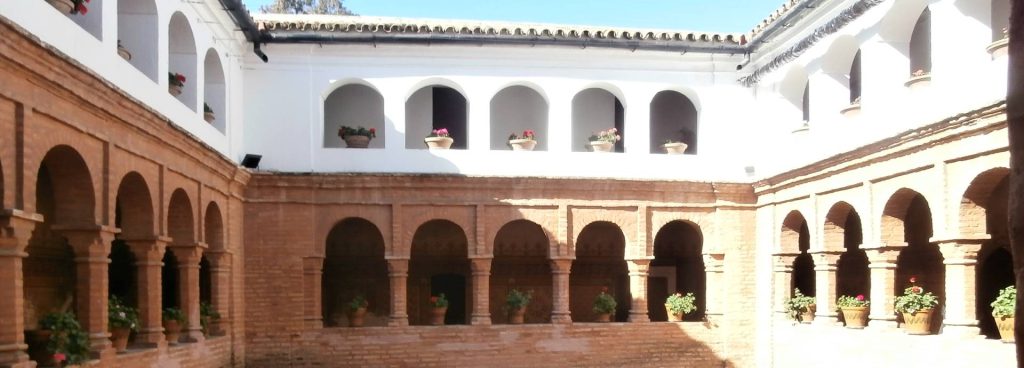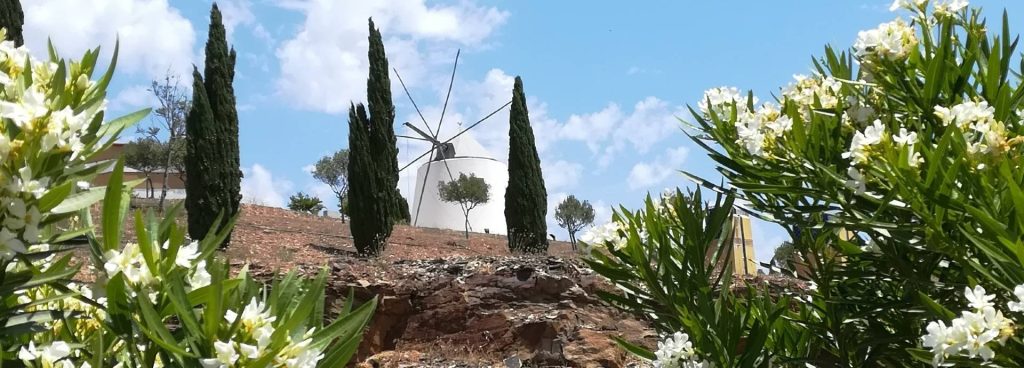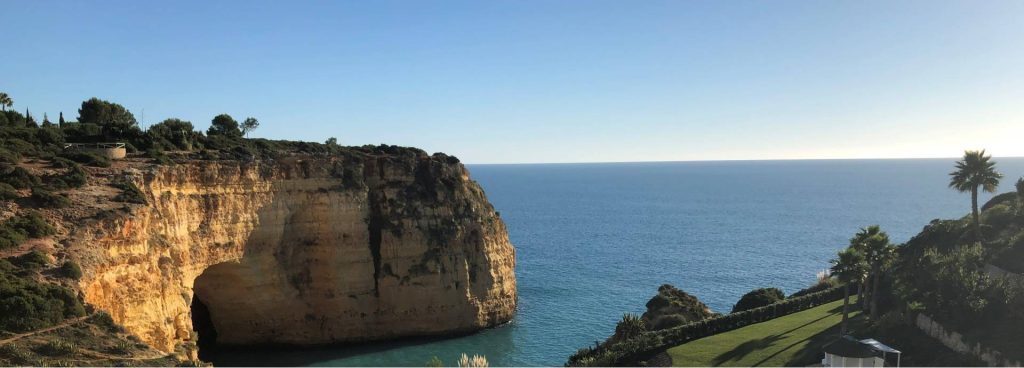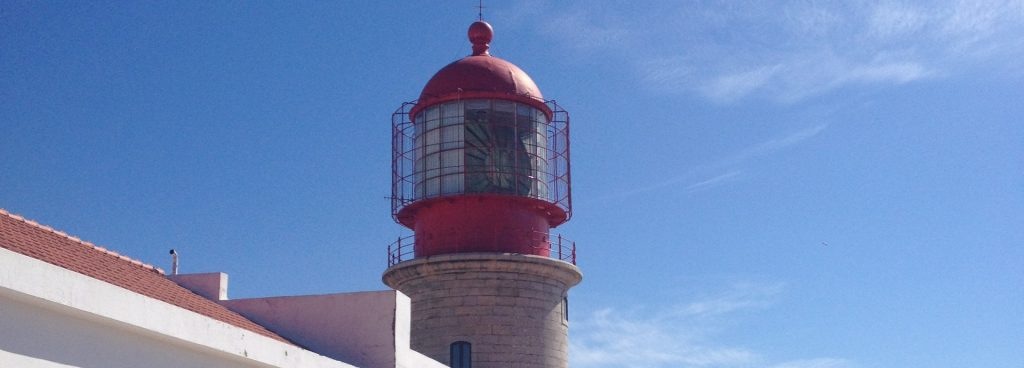Wonderful nature and places steeped in history
"The green route" runs between Ayamonte and Huelva - until 1985 a railway line. The route through the unique natural landscape is best covered on foot or by bike. Sports and recreational opportunities in nature are available here! The hinterland, which enchants with oaks, olives, figs, almonds and other fruit trees behind the coast, offers wonderful views of the Arab watchtowers (Almenares), the flood mills (Pozo del Camino) and other historically significant buildings.
Ayamonte - Its location at the mouth of the Guadiana makes this town unique. A busy iron suspension bridge connects the city with Portugal on the opposite bank. It is full of contrasts, open and dynamic. At the harbor, the center of the village, the fish catches of the day are loudly auctioned off. The happy hustle and bustle merges with the conversations, laughter and music from outdoor parties and from the terrace cafés to create a lively background noise.
Whitewashed houses stand in the picturesque, old streets, and wrought-iron balconies provide elegant accents. Many small squares are decorated with pretty lanterns, fountains or niches with figures of saints. The church Iglesia del Salvador was built on the side of a former mosque. The town hall portal and the church tower of Las Angustias with decorative stucco work are well worth seeing. Ferries to Portugal leave regularly from the Muelle de Portugal quay.
Isla Cristina - In the 18th century, Catalan fishermen and the Levant seamen settled here to set up a fishing base. The city's original name was La Higuerita (fig tree). Later it was changed to Isla Cristina in honor of the then queen. Isla Cristina has a lovely old quarter with low houses decorated with azulejo tiles. Since the city was founded, numerous industries related to fishing have settled in the fishing port of Isla Cristina, such as salt works and canning factories as well as workshops for shipbuilding and ship maintenance. A walk on the quay, where the fishermen mend their nets every day, is idyllic. The fish auction in the lively sales halls of Isla Christina and El Terrón is also worth seeing.
the roundabout - Isla Cristinas is a white, autonomous small town in the interior of the country. It is worth visiting the Mudejar-style town hall (15th century) or strolling through the small streets with a real Andalusian flair.
The Prado Hondo lagoon - Located very close to the former Redondelas train station. The freshwater site is known as the home of the curlew, the purple grouse, and the purple heron - species of birds that are rarely found on the coasts these days. The lagoon was formed in the 30s when a wall was built on the Ayamonte-Huelva railway line, which dammed the waters of the Prado and Valdeinfierno streams.
La Huerta Noble estate - Between La Redondela and Pozo del Camino is the pigeon house of Huerta Noble, which is built in baroque style and housed around 70.000 pigeons. On the property designed by the scholar Don Manuel Rivero there is also an estate and a Via Crucis in the Andalusian flamenco style, which is decorated with Portuguese tiles and also dates from the 18th century.
El Catalan watchtower - In the Barranco de la Vera ravine, near the La Antilla coast, there is a former watchtower from the 13th century that warned of attacks by the Berbers, Moors and Turks.
Lepe - As soon as you have crossed the Puente de la Tavirona bridge, the path leads to the town of Lepe, which was founded by Phoenician merchants in the 4th and 5th centuries BC. Between the Middle Ages and modern times, the city was an important port from which the discovery of America and the later colonies of the New World was advanced.
Rodrigo de Triana was also born here, the sailor who saw the first islands of the American continent from the ship Santa Maria.
The church of Santo Domingo de Guzman houses the image of Nuestra Señora de la Bella, the patron saint of the place. The church with its magnificent pointed bell tower is a sight and a fine example of the Andalusian Mudejar style.
The chapel of San Christóbal is built in the same style, with an interesting dome and an arched window built into the facade.
The Antilla - The stream of tourists that pours over the wonderful beaches of La Antilla year after year has not done anything to the charm of the place with the old houses. A contrast to this is Islantilla, a modern residential complex with a luxurious golf course.
cartaya - The place is further inland, but not far from the tourist centers on the coast. On the Plaza Redonda, orange and lemon trees combine with the wrought-iron street lamps to create a picturesque picture. The city's most important buildings are also located here, the Church of San Pedro (16th century) with its beautiful bell tower adorned with azulejos, as well as the town hall and the stately Casa de Cultura (cultural office).
the broken - On the beautiful sandy beach of this small fishing port, surrounded by dunes, crowds of tourists throng in summer. On the edge of the settlement in the direction of La Antilla, the sediments washed up by the river formed a headland that is now known as the Rio Piedras y Flecha de El Rompido natural monument.
the portal - With its wonderful beach, El Portil is one of the most popular seaside resorts on the coast. Gray herons and black-necked grebes are native to the enchanting landscapes of the Reserva Natural de la Laguna de El Portil.
Punta Umbría - Located in the middle of the Natural Park of the Salt Marshes, Punta Umbria was once the resort of the miners of the mines of the Rio Tinto. Today Punta Umbría is a very popular resort with a small marina. In addition to a wide range of leisure activities, the place is also known for its fish market at dawn and the colorful Marian procession on the sea on August 15th.
Huelva - The capital (approx. 150.000 inhabitants) of the westernmost province of Andalusia lies between the mouths of the Rio Tinto and the Rio Odiel. This is where the roads to Portugal, Cádiz and Seville cross. The city's main livelihood is industry, but fishing and agriculture are also important.
Many shops and restaurants can be found in the pedestrian zone around the La Concepción church. Locals especially indulge in the excellent local tapas on Calle Pablo Rade.
Huelva became known worldwide through Columbus. The seafarer's expeditions shaped the life of the previously quiet place, which from then on was called the cradle of the discovery of America. However, after the devastating earthquake in Lisbon in 1755 and the war of freedom half a century later, the city lost its importance again. Today Huelva lives from tourism, especially because of the proximity of the Coto de Doñana National Park.


